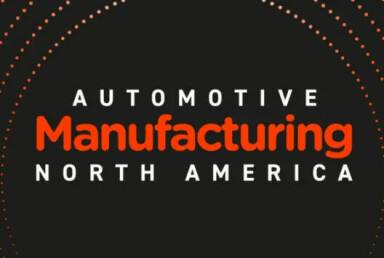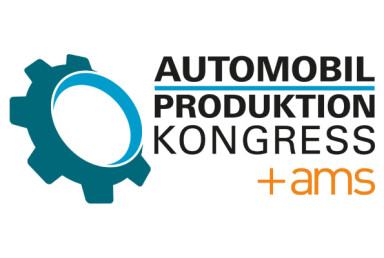Trent Randles, BorgWarner
Key steps to building flexibility into production operations
The need for agility and flexibility in automotive manufacturing operations is greater than ever. AMS spoke with Trent Randles, Engineering Manager - Transfer Case Assembly & Operational Excellence at BorgWarner, about key steps towards developing agile production processes.

Creating truly flexible production lines is challenging and we see a lot of big, expensive projects working to achieve this. What simple steps do you think are important to take in developing flexibility in production operations?
Start by asking a simple but powerful question: “What problem are we trying to solve?” That mindset keeps efforts grounded and focused. From there, bring together a small, cross-functional team that includes key stakeholders – frontline workers, maintenance technicians, engineers and any other support role deemed necessary. It’s important to involve representatives from each area affected by the change.
Keep the team lean. Larger teams often slow down progress and make it harder to reach consensus. Once the team is aligned on the challenge, define a clear action plan with owners, target dates and measurable outcomes. That structure helps ensure momentum and accountability, even when you’re pursuing incremental improvements.
Flexibility doesn’t always require a massive investment – it often starts with clarity, collaboration, and disciplined execution.
Digital twins are used extensively to plan and integrate new lines but we’re seeing them being deployed to manage and optimise production flows. Do you see this development also supporting more agile production?
Yes, definitely. I’m seeing digital twins increasingly being used not just in the planning and integration phase but also as real-time production performance dashboards. This shift is enabling organisations to adjust their production systems more quickly and effectively.
By visualising machine availability, material flow, and system status in real-time, digital twins provide a dynamic perspective on how a line is actually performing. That visibility allows operators, engineers, and leaders to interpret operational data more accurately – and take targeted, data-driven actions to respond to changing conditions.
Ultimately, this real-time feedback loop supports more agile production by tightening the connection between what’s happening and what needs to happen next.
When we previously discussed the integration of new assembly lines at BorgWarner’s Seneca plant, you noted the importance of engaging the teams in the digital developments. Do you see improving Human Machine Interfaces (HMI) as key part in supporting flexible production flows?
Absolutely yes. From my experience leading the development of new production systems and improving existing ones, I’ve found that aligning people, processes, and technology as closely as possible is essential to achieving the desired outcomes. That belief stems from a fundamental observation: people follow processes, and processes are supported by technology.
When it comes to developing new manufacturing systems – especially with flexible production flows – HMIs play a critical role. A well-designed HMI doesn’t just display data, it enables intuitive, real-time interaction with complex systems, which is essential for empowering frontline workers on the factory floor.
I also believe that pushing decision-making authority down to the people closest to the process is a powerful enabler. When individuals on the production floor are equipped with the right tools and are trusted to make decisions, it fosters a culture of ownership and accountability. That’s where real agility and flexibility come from, not just from the tech, but from how people engage with it.
Is In-plant connectivity and real-time data analysis also a key element in creating flexible manufacturing operations?
Yes, certainly. In-plant connectivity and real-time data analysis are essential components of flexible manufacturing operations. They provide frontline teams with timely, actionable information – enabling faster, more informed decision-making where it matters most.
This level of visibility reduces reliance on top-down communication, streamlining response time and allowing individuals to take ownership of situations as they unfold. As a result, we see improved consistency in the availability of people, materials, and machine uptime – all of which are critical to maintaining flow and adapting quickly to changing conditions on the floor.
In your own experience at BorgWarner how important is flexible production now?
Very important. In today’s manufacturing environment, flexibility is no longer a luxury – it’s a necessity. From my experience, there are three key elements required to run any production line: people, material, and machine availability. Of those three, material availability is often the most unpredictable due to supply chain volatility and market shifts.
That’s why having the capability to quickly change over a line to run a different model – or even a different product is critical. Flexible production systems allow us to maintain throughput, meet customer demand, and reduce downtime, even when parts or materials for a specific build aren’t available.
In my company, we’ve focused heavily on building systems and processes that support rapid changeovers, digital traceability, and workforce adaptability, so we can respond in real time. It’s become a strategic advantage.




